Hermes’ marketing manager Matt Diner on why identifying the specific personality traits of your target audience should be top priority.
Earlier this month I was pleased to read that online sales across the UK for Q1 were up 15% on the same period last year, when growth was up just 8%.
The statistics, courtesy of the IMRG Capgemini eRetail Sales Index, also revealed an increase in the average basket value – from £77 (Q1 2015) to £81 (Q1 2016) – following a general decline throughout 2015.
This is an encouraging sign for both the retail industry and its delivery partners, and the research illustrates an increase in consumer confidence to shop online.
For retailers, regardless of size, it is now no longer good enough to simply group consumers into those who prefer to shop on the high street and those who favour the convenience of online.
With increased competition, it is now more vital than ever for retailers to analyse the behaviour of their customers, understand their motives and use this information to tailor their overall shopping experience. By doing so, consumers will have the confidence to shop on their website over and over again.
We recently took the opportunity to quiz more than 2,000 online shoppers in the UK and a further 1,000 in Germany in a bid to gain greater clarity into types of consumer behaviour. Through analysis we were able to create a number of specific online shopper types, providing retailers with further insight into differing personalities:
Five shopper types
The eShoppers – the 53% of consumers who mainly browse and buy online. There tends to be a male bias to this group who are in senior management roles and are IT proficient. They buy a wide range of products, are heavy eBay users and are likely to be attracted to retailers’ websites that are both mobile optimised and easy to use.
The pragmatic shoppers – the 30% that use a mix of both online and high street. This group typically reflects the average frequent shopper profile in terms of demographic and behaviour. They are not overly adventurous and anticipate similar level of online shopping in next 12 months.
The social shoppers – the 7% that research online and buy from the high street. There tends to be a female bias to this group, and younger than the average shopper. They are regular users of click-and-collect and anticipate that they will shop online more in the future. They are high social media users, which they use to explore new products ranges and also to complain.
The savvy shoppers – the 6% that look in high street and buy online. These tend to be students or junior managers who are astute online shoppers using different techniques to get discount vouchers and offers.
The traditional shoppers – the 4% that mainly look and buy on the high street. These tend to be the over-50s who are less IT proficient. They believe that improved navigation on retail sites would help their online shopping experience.
With forecasts suggesting that online shopping volumes will continue growing at a steady rate throughout 2016, retailers now have an excellent opportunity to take advantage of this renewed confidence and to drive repeat online sales – and understanding the specific personality traits of your target market should be top priority.
- Matt Diner is marketing manager at Hermes






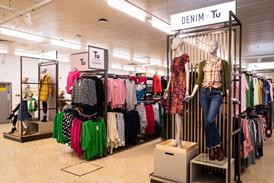
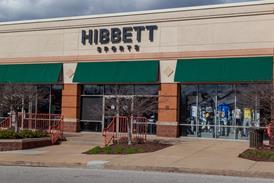



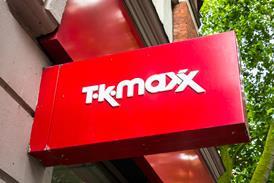
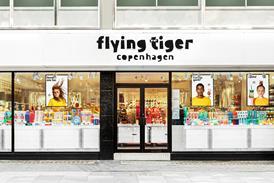












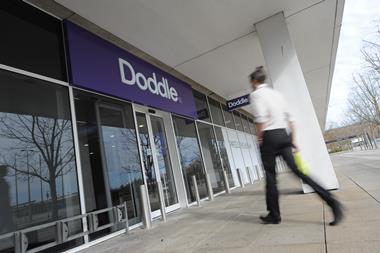



No comments yet